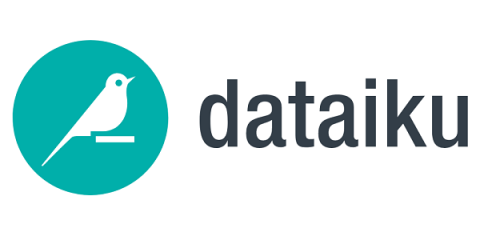Systems | Development | Analytics | API | Testing
Machine Learning
MLOps World Toronto: MLOps Beyond Training Simplifying and Automating the Operational Pipeline
How SightX Uses ClearML to Build AI Drone Models
With the rise of drone usage, it’s easier to take aerial footage than ever before. The resulting data can trigger quick, effective action; removing guesswork and increasing aerial awareness, which can have profound implications on growing profits and trimming expenses. And as drone use rises, so does the usage of AI, to navigate, detect, identify, and track meaningful artifacts and objects.
Top 27 Free Healthcare Datasets for Machine Learning
Machine Learning is revolutionizing the world of healthcare. ML models can help predict patient deterioration, optimize logistics, assist with real-time surgery and even determine drug dosage. As a result, medical personnel are able to work more efficiently, serve patients better and provide higher quality healthcare.
Breaking AI Bottlenecks with NetApp + Iguazio + AWS FSx for NetApp ONTAP
[TALK] Model Serving Monitoring and Traceability: The Bigger Picture
Model Serving Monitoring and Traceability - The Bigger Picture - The AIIA Summit 2022
Machine Learning Experiment Tracking from Zero to Hero in 2 Lines of Code
In your machine learning projects, have you ever wondered “why is model Y is performing better than Z, which dataset was model Y trained on, what are the training parameters I used for model Y, and what are the model performance metrics I used to select model Y?” Does this sound familiar to you? Have you wondered if there is a simple way to answer the questions above? Data science experiments can get complex, which is why you need a system to simplify tracking.











